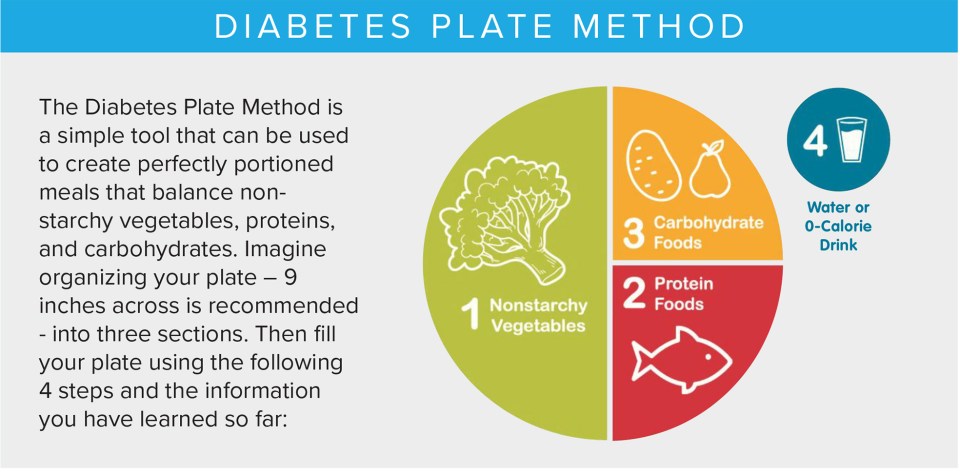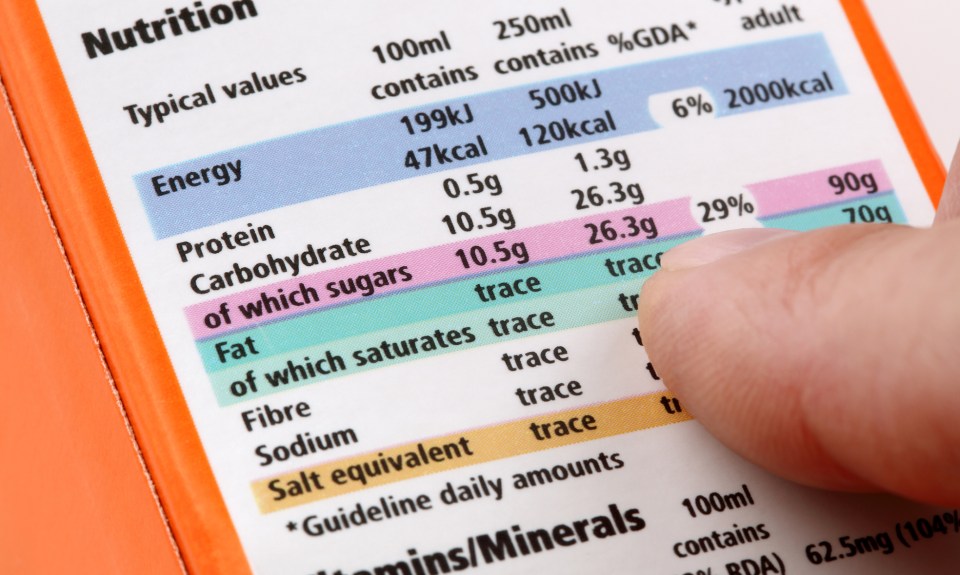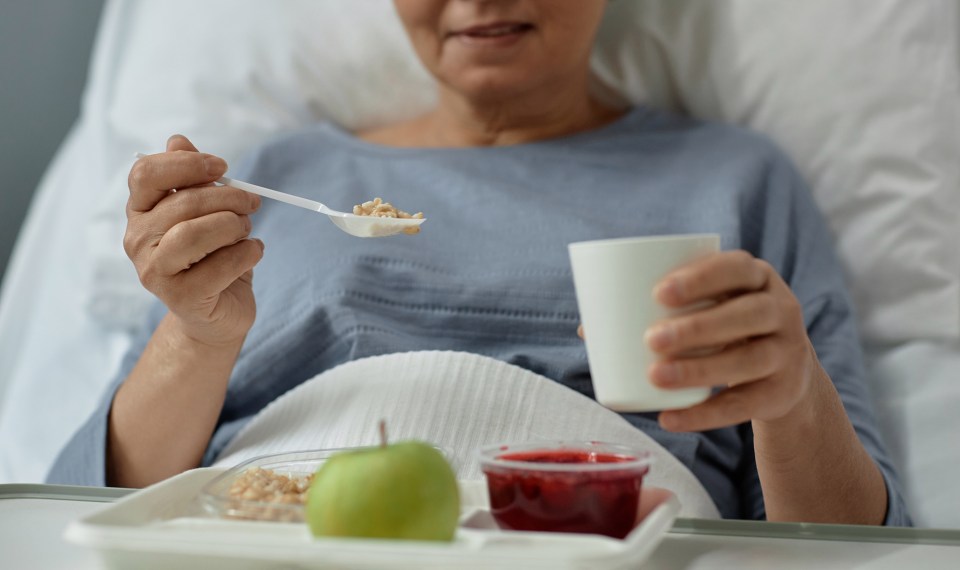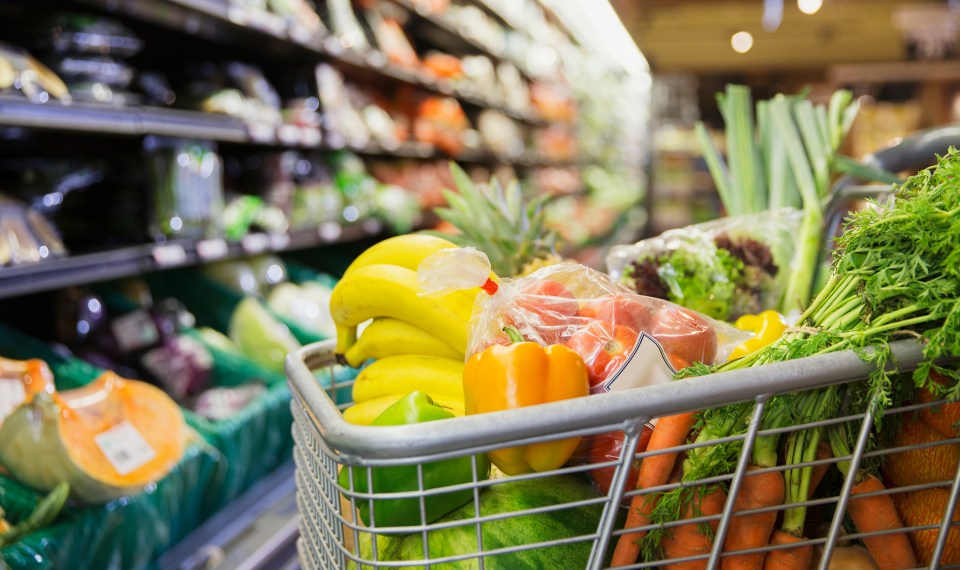Carb counting is often associated with diets such as the Atkins and Paleo diets, but it has a whole different meaning for someone with diabetes.
Carbohydrates, also called carbs, are macronutrients naturally found in many foods.
When digested, the body breaks down the carbs into a type of sugar called glucose. Your body’s insulin response keeps your blood sugar level from getting too high, but if you have diabetes, that is not always the case. Counting carbohydrates is a meal planning strategy that can help people manage their diabetes and control blood sugar levels.
Free Download: Simple Health Guide
Compiled by expert clinicians, this guide is designed to help you manage your diabetes with simple recipes and tips.
DownloadWhat is Carb Counting for Diabetes?
Carbohydrate counting for diabetes involves counting the number of carbohydrates you eat and matching it with your dose of insulin and caloric intake. To determine the number of carbs contained in a serving of food, check the food label. The two items you need to look at are the serving size and the total carbohydrates. If a food doesn’t have a food label, such as a fruit or vegetable, look online. There are many tools and apps that will help you determine the number of carbs per serving.
For individuals with diabetes, approximately 40% of your daily caloric intake should come from carbohydrates. This breaks down to three to five servings of carb foods or drinks per meal, depending on the number of calories you consume.
For example:
- If you consume 1,500 calories per day, you should have three carb servings per meal
- If you consume 1,800 calories per day, you should have four carb servings per meal
- If you consume 2,000 calories per day, you should have five carb servings per meal

What are the Types of Carbs?
There are three main types of carbs: starch, fiber and sugar. All three types are in the “total carbohydrates” seen on food labels. It’s important to remember that the carbs you eat can play a significant role in managing your diabetes, so balance is key.
Starches
Of the three types of carbs, starches tend to be the most commonly consumed. Starches can be considered either healthy or unhealthy depending on how processed they are. As a general rule, increasing your intake of less processed foods is better for your health. Using the Diabetes Plate Method, foods in this category should make up a quarter (25%) of your plate.
Foods that are high in starch include the following:
- Starchy vegetables (i.e. corn, peas, potatoes, sweet potatoes, yams, butternut squash)
- Lentils and beans (i.e. garbanzo/chickpeas, kidney, pinto, cannellini, black)
- Foods made from wheat (i.e. noodles, pasta, bread, tortillas, crackers)
- Grains (i.e. rice, barley, bulgur, quinoa, farro)
- Oats
Try to get as many whole, minimally processed starches into your diet as possible. When reading the ingredient list on nutrition labels, look for products that list “whole grain” or “whole wheat” as the first ingredient rather than products that have “enriched” ingredients.
Fiber
Foods high in fiber include plant-based foods (i.e. fruits and vegetables) as well as whole grains. Fiber helps to keep you full, improve digestion, lower cholesterol, manage blood sugar and reduce risk your for heart disease. If you are not currently eating foods high in fiber, it is recommended that you slowly increase your intake, so your body can adjust. A sudden increase in fiber consumption can cause gas, bloating or even constipation.
Foods that are good sources of fiber include the following:
- Lentils, peas, beans (i.e. garbanzo/chickpeas, white, pinto)
- Fruits and vegetables, especially ones with edible skin and/or edible seeds (i.e. pears, apples, berries)
- Nuts (i.e. pumpkin seeds, almonds, sunflower seeds, pistachios, peanuts)
- Whole grains (i.e. quinoa, barley, bulgur, oats, brown rice, farro, whole wheat pasta, whole grain cereals)
Sugar
There are two main types of sugar—natural and added. As the name suggests, natural sugar is naturally found in food, whereas added sugar is added to foods or beverages during processing. Both types increase blood glucose levels. Consuming too many added sugars has also been linked to various health concerns, such as obesity, type 2 diabetes or prediabetes, and cardiovascular disease.
Foods that are sources of natural sugar include the following:
- Milk
- Fruit (i.e. apples, blueberries, strawberries, grapes, oranges, bananas, watermelons, melons)
Foods that are sources of added sugar include the following:
- Sodas
- Juice, sweet tea, sport/energy drinks, flavored coffees
- Sweets (i.e. cookies, brownies, cake, pie, ice cream, candy, doughnuts)
- Packaged and processed foods (i.e. sugary cereal, chips, yogurt, granola)
Carb Counting for Diabetics Tips and Takeaways
Carb counting for diabetes can be complicated and time consuming, but remember these simple tips. Limit the number of carb food servings to three to five per meal depending on your caloric intake and activity level, and when choosing your carb foods, choose wisely. Whole, unprocessed is always best. Limit the amount of refined, highly processed carbohydrates such as white bread, white rice, sugary cereal and sweets as well as foods or drinks with added sugar, such as soda, sweet tea and juice.
Encompass Health Rehabilitation Institute clinicians Ashley Aragon, OTR/L, CBIS, CNS; Micaela Hornstein, DPT, CBIS; Mike Leyva, OTR/L,CBIS; Carly Rusek, OTD/S; Samantha Sasse, OTD/S; Mirelis Venezuela, RDN; and Ann Zerfas, DPT, CBIS contributed to this report.
The content of this site is for informational purposes only and should not be taken as professional medical advice. Always seek the advice of your physician or other qualified healthcare provider with any questions you may have regarding any medical conditions or treatments.



